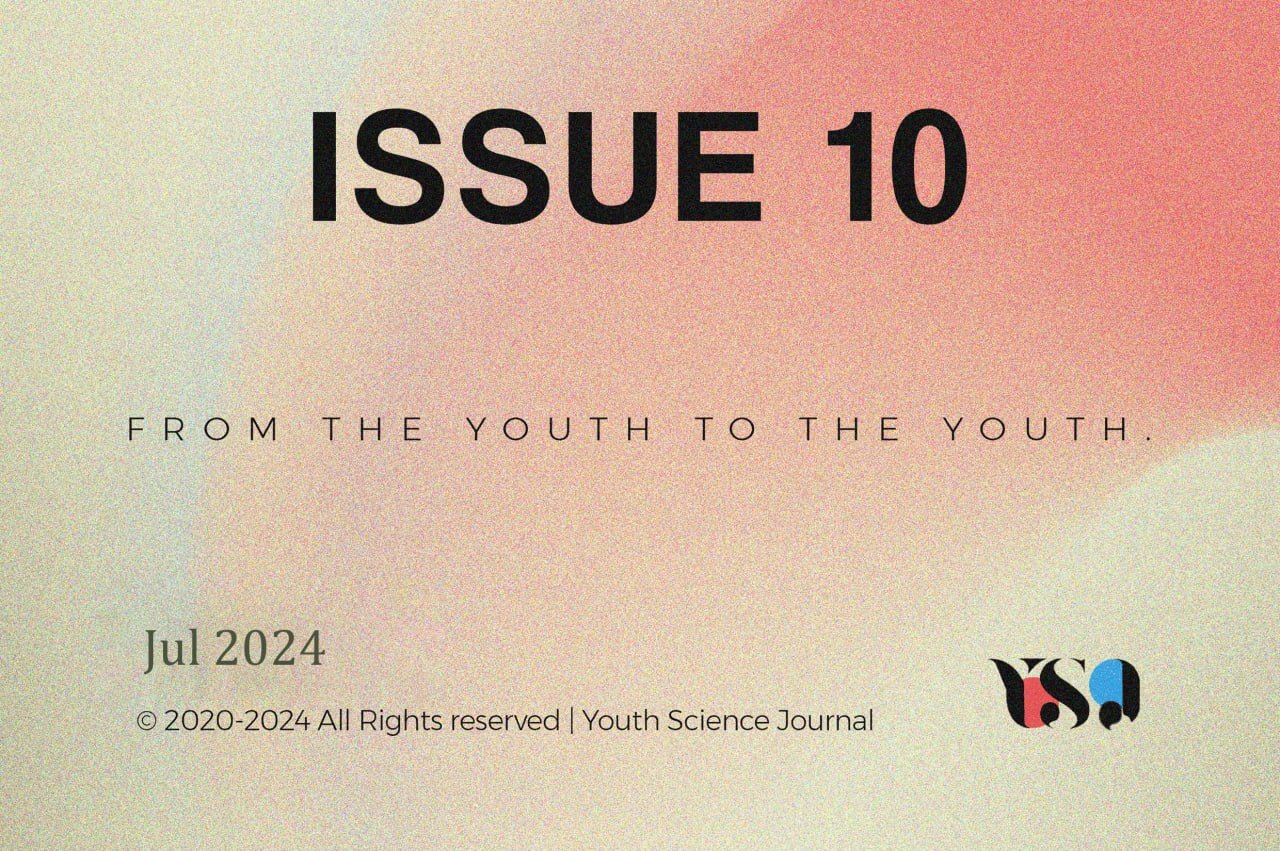Abstract
As of 2023, 30,000 websites are hacked daily, and 64% of companies worldwide have experienced at least one form of cyber-attack. As hacking increases, the need to implement a secure security system increases. This paper discusses the implementation of a security system that combines Cloudflare’s API, Akamai’s API, and machine learning (ML) algorithm. Machine learning and deep learning algorithms were used to determine which one gets the best accuracy. However, the XG Boost classifier determines the highest accuracy since it can deal efficiently with large datasets and its ensemble learning. Also, the XG Boost model was recompiled to interact with other APIs. This project can be used like any other API, but this project provides the features of the two used APIs, their security layer, and the ML algorithm. The secondary research, e.g., research papers and datasets, method is used to get all data used in the paper or for the implementation of the project. Qualitative data plays a crucial role in elucidating the characteristics and functionality of APIs- especially Cloudflare’s and Akamai’s APIs-. It is employed to articulate the purpose and mechanics of APIs, delineating how they function and their intended usage. The IPs were collected to be used as training data for the ML model. The data is filtered (removing the uncompleted IPs) and examined randomly to ensure its quality. The result was significant as the accuracy of this project was 97.6%. Therefore, the faults and bugs in Cloudflare’s API and Akamai’s API were fixed, enhancing the security of many datasets.

